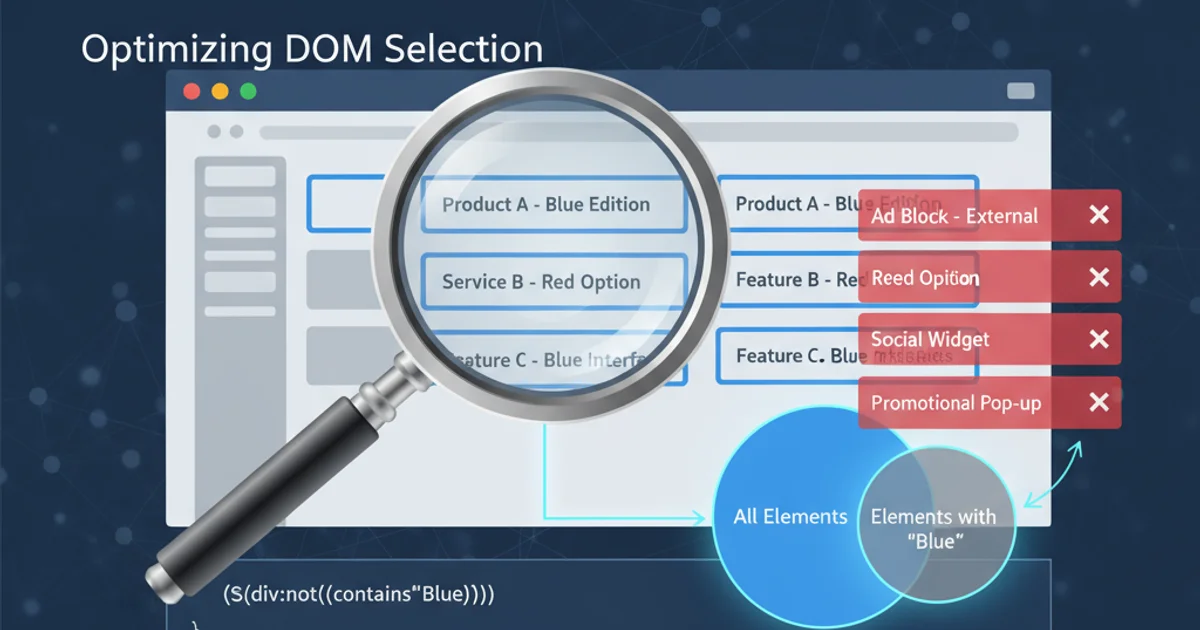Application Architect vs. Systems Architect vs. Enterprise Architect?
Categories:
Application Architect vs. Systems Architect vs. Enterprise Architect: Demystifying the Roles

Explore the distinct responsibilities, scope, and impact of Application, Systems, and Enterprise Architects within an organization's technology landscape.
In the complex world of software development and IT infrastructure, the terms 'Architect' are frequently used, often interchangeably, leading to confusion. However, Application Architect, Systems Architect, and Enterprise Architect are distinct roles with different scopes, responsibilities, and strategic impacts. Understanding these differences is crucial for career progression, effective team structuring, and successful project delivery. This article will break down each role, highlight their unique contributions, and illustrate how they collaborate to form a cohesive technological strategy.
The Application Architect: Deep Dive into Software Solutions
An Application Architect focuses on the design and development of specific software applications. Their primary concern is how a particular application is structured, its components interact, and how it meets functional and non-functional requirements. They are often embedded within development teams, providing technical leadership and ensuring best practices in coding, design patterns, and application performance. Their scope is typically limited to one or a few related applications.
The Systems Architect: Bridging Applications and Infrastructure
A Systems Architect operates at a broader level than an Application Architect. They are responsible for designing and integrating entire systems, which can comprise multiple applications, databases, networks, and hardware components. Their focus is on the overall technical solution, ensuring that all parts of a system work together seamlessly, efficiently, and securely. This role often involves making decisions about technology stacks, infrastructure choices, and how different applications communicate within a larger system. They ensure the system meets performance, scalability, and reliability goals.
flowchart TD
A[Business Requirements] --> B{Application Architect}
B --> C[Application Design & Code]
C --> D[Deployed Application]
E[Multiple Applications] --> F{Systems Architect}
F --> G[System Integration & Infrastructure]
G --> H[Operational System]
I[Business Strategy] --> J{Enterprise Architect}
J --> K[IT Strategy & Governance]
K --> L[Enterprise Portfolio]
D --"Part of"--> H
H --"Part of"--> LHierarchical relationship and scope of Application, Systems, and Enterprise Architects.
The Enterprise Architect: The Strategic Visionary
The Enterprise Architect operates at the highest level, focusing on the entire organization's IT landscape. Their role is strategic, aligning IT initiatives with overall business goals and objectives. They define the enterprise's technology vision, standards, and governance, ensuring that all IT investments contribute to the company's long-term strategy. This involves understanding business processes, data flows across the organization, and the entire portfolio of applications and infrastructure. Enterprise Architects often create roadmaps for technology adoption, manage technical debt, and ensure compliance with industry regulations. They rarely get involved in day-to-day coding or specific application design.
graph TD
subgraph Enterprise Architect
EA_Strategy[Business Strategy & Goals]
EA_Roadmap[IT Roadmap & Governance]
EA_Portfolio[Enterprise IT Portfolio]
end
subgraph Systems Architect
SA_Integration[System Integration]
SA_Infrastructure[Infrastructure Design]
SA_Performance[Performance & Scalability]
end
subgraph Application Architect
AA_AppDesign[Application Design]
AA_Components[Component Interaction]
AA_Requirements[Functional/Non-Functional Requirements]
end
EA_Strategy --> EA_Roadmap
EA_Roadmap --> SA_Integration
EA_Roadmap --> AA_AppDesign
SA_Integration --> SA_Infrastructure
SA_Infrastructure --> SA_Performance
AA_AppDesign --> AA_Components
AA_Components --> AA_Requirements
SA_Integration --"Guides"--> AA_AppDesign
EA_Portfolio --"Oversees"--> SA_Integration
EA_Portfolio --"Oversees"--> AA_AppDesignInteractions and dependencies between the three architectural roles.
While these roles have distinct focuses, they are not isolated. Effective organizations foster strong collaboration between these architectural layers. The Enterprise Architect sets the strategic direction, which the Systems Architect translates into integrated system designs, and the Application Architect then implements within specific applications. This layered approach ensures that technical decisions at every level are aligned with business objectives, leading to robust, scalable, and strategically sound IT solutions.